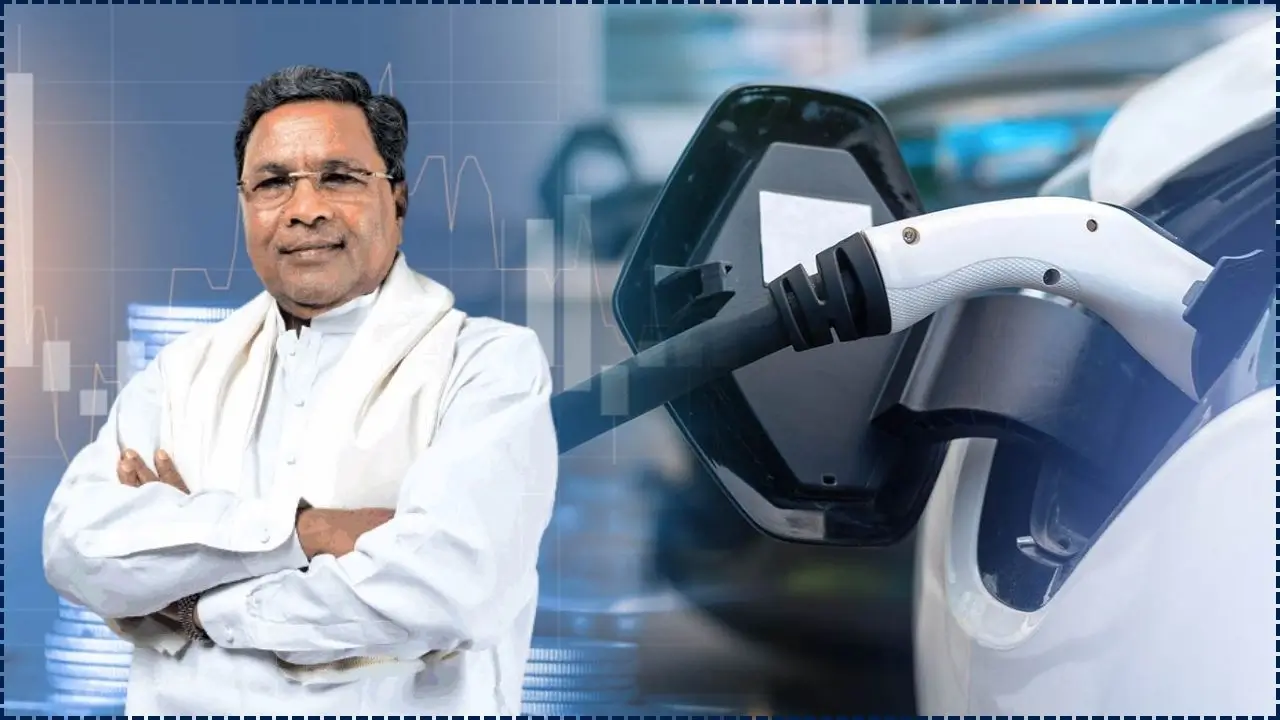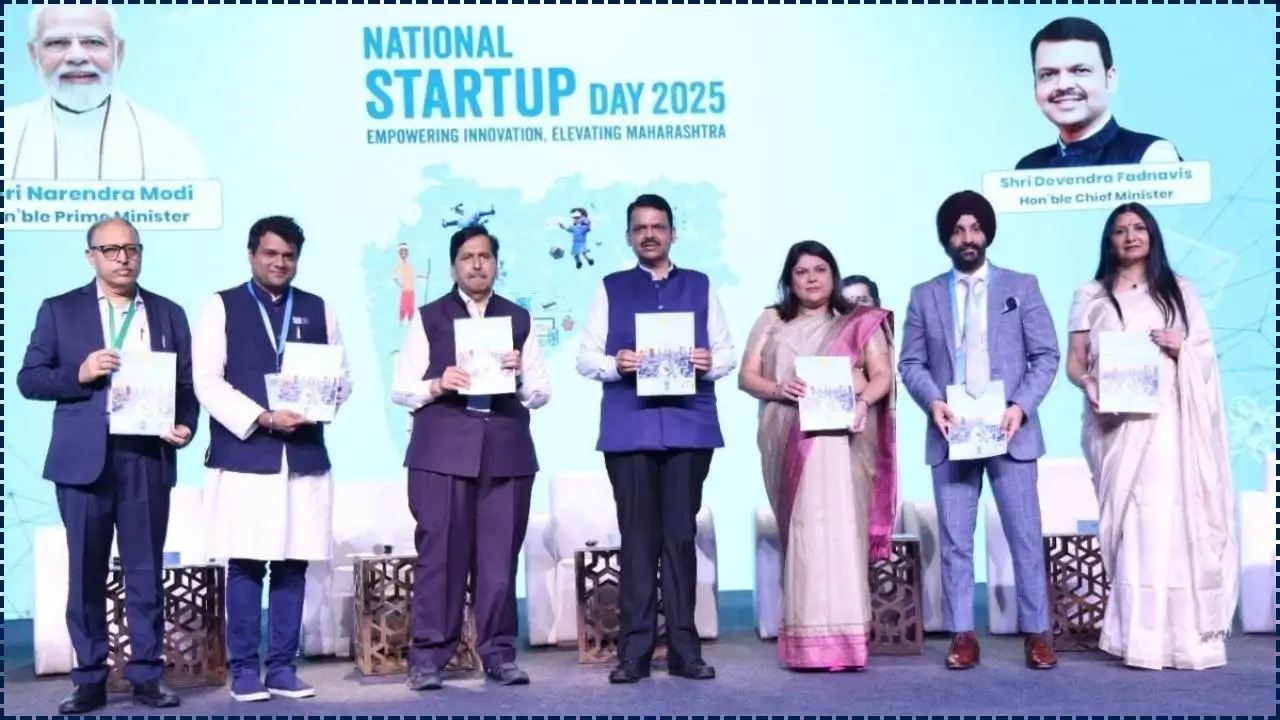The Uttar Pradesh government is making a profound investment in the future of its children and the dignity of its workforce by rolling out comprehensive digital learning reforms. This initiative, featuring smart classrooms, a practical “Learning by Doing” programme, and enhanced digital teacher resources, is a direct, humanitarian effort to overcome traditional barriers to quality education.

By modernizing the school environment and focusing on employability skills, the state is working to ensure that every student, regardless of background, is fully equipped to engage with the modern world, secure a stable livelihood, and contribute meaningfully to their community’s prosperity.
Uttar Pradesh’s launch of digital learning reforms marks a pivotal shift in its education policy. If successfully implemented, these initiatives could transform classrooms, make education more relevant, and narrow learning divides. The coming months will determine whether institutional capacity, infrastructure investment, and policy follow-through can deliver on this promise.
Background: Why reform is needed
Uttar Pradesh faces long-standing educational challenges: overcrowded classrooms, uneven school infrastructure, and gaps in foundational skills. Data from education surveys—such as the 2022 Annual Status of Education Report—show that many children struggle with basic reading and arithmetic by grade 3.
These systemic constraints limit learning quality and widen inequality between rural and urban students. The new digital initiatives aim to address these deficits by modernising pedagogy, supporting teachers, and making learning more interactive.
Key Initiatives in the Reform
Smart classrooms expansion and digital infrastructure
The state government plans to invest ₹325 crore to set up over 2,700 smart classrooms, of which about 1,780 are already operational. These will be equipped with interactive boards, internet connectivity, and digital teaching aids. This infrastructure boost is designed to bridge the digital divide and extend quality resources to schools in remote areas.
“Learning by Doing” for skill-based education
UP has officially launched a Learning by Doing programme in its government schools, targeting classes 6 to 8. The curriculum includes hands-on modules in woodwork, agriculture, environment, energy, and health.
In its first phase, modern labs are being established in 2,274 upper primary and composite schools across all districts. The next academic year plans to extend the programme to an additional 3,288 schools under Samagra Shiksha and PM SHRI schemes.
Digital teacher tools and capacity building
To support teachers, the state is rolling out digital teacher resources, online manuals, and training modules. A Kitab Vitran App is being used for distributing Hindi and Math guides directly to teachers. Meanwhile, capacity building workshops aim to familiarise teachers with digital pedagogy.
Other existing digital efforts include remote learning via WhatsApp, DIKSHA, TV and radio-based lessons to reach students who lack internet access.
Expected Impacts and Goals
- Improved engagement and retention: Interactive classrooms may reduce student absenteeism and dropout rates by making classes more interesting.
- Skill alignment: The Learning by Doing programme links school learning to real-world skills and employability, making education more relevant.
- Teacher support and accountability: Digital tools and training can help teachers adapt to modern pedagogy, monitor student progress, and intervene early.
- Narrowing the rural gap: Infrastructure and digital access in rural and underserved schools may reduce disparities in educational access and outcomes.
Related Links
Tamil Nadu’s Water Conservation Plan: Farmers to Benefit from Innovative Schemes
Maharashtra Introduces Startup Incentives: How New Policies Are Boosting Entrepreneurship
Kerala’s Green Energy Push: New Policy to Promote Rooftop Solar Across Homes
Challenges and Risks
The ambitious reforms face several hurdles:
- Infrastructure gaps: Many schools lack stable electricity, high-speed internet, or device maintenance capacity, particularly in rural areas.
- Teacher readiness: The success of digital pedagogy depends heavily on teacher willingness, training, and adaptation to new methods.
- Sustainability: Maintaining hardware, software updates, and consumables over time will require ongoing funding and institutional support.
- Equity in access: Students from low-income households may still lack access to devices or connectivity at home, limiting gains from digital resources.
- Content quality and localisation: Digital content must be well aligned with curriculum and responsive to local languages, cultures, and context.
Stakeholder Views
In the education department’s statement, officials described the reforms as a “visionary step to integrate technology and skills into school education across UP.”
Educational analysts welcome the direction but caution that the full impact will depend on execution. One expert Notes: “Digital reforms are powerful, but only if supported by robust infrastructure, continuous teacher support, and careful monitoring of learning outcomes.”
















